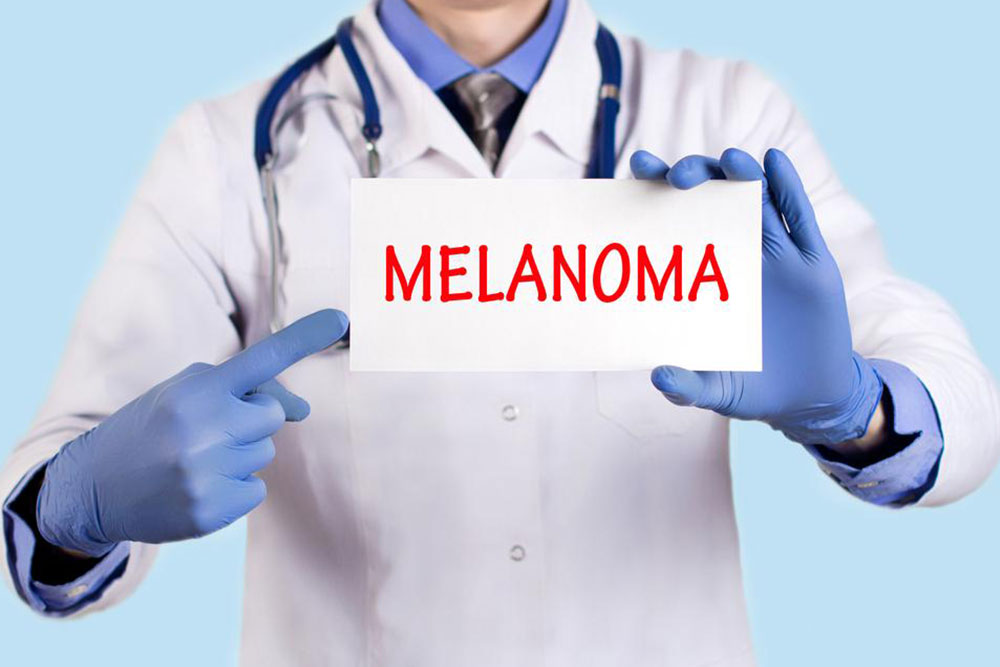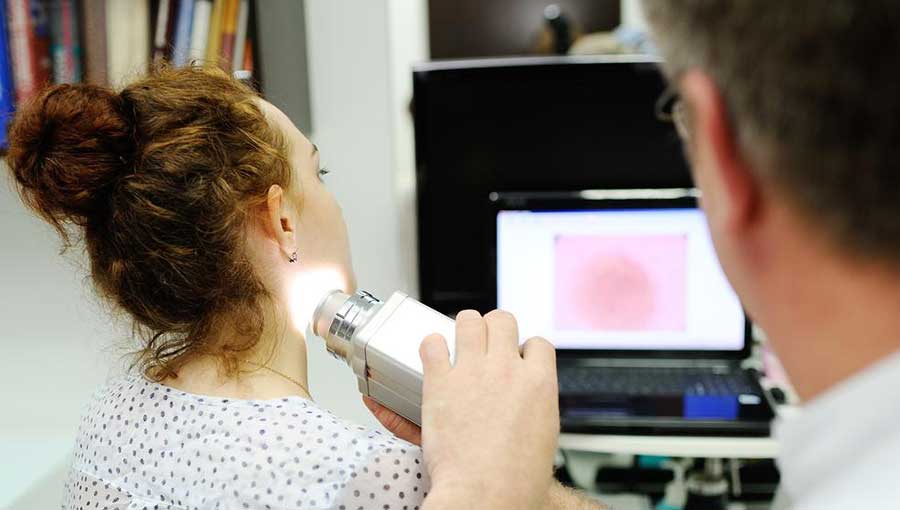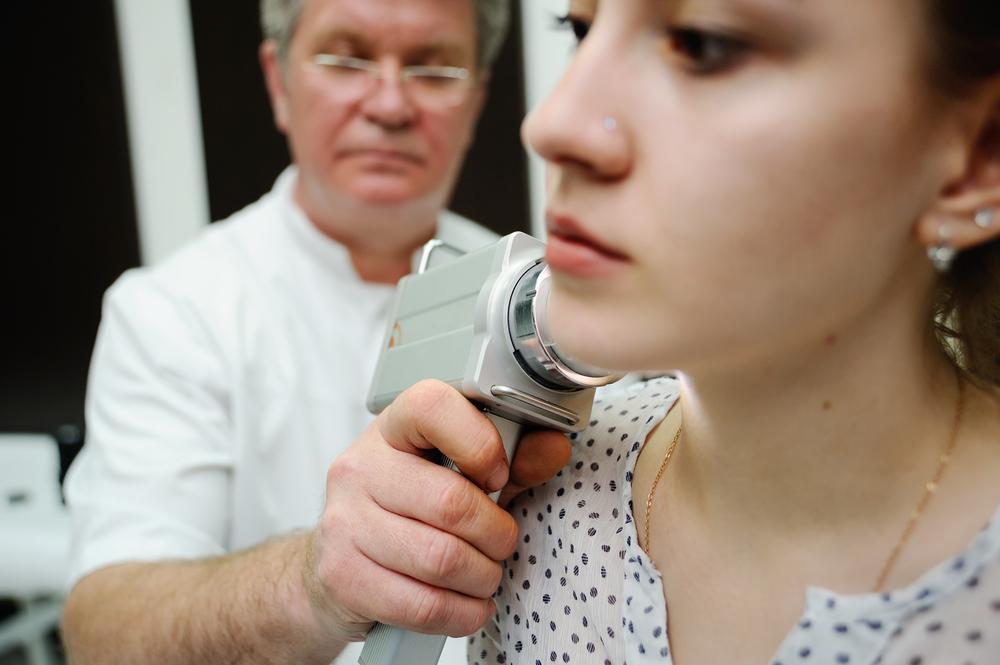Understanding Melanoma: Risks and Early Detection Tips
This article explores melanoma's risk factors and early warning signs, emphasizing the importance of early detection for effective treatment. It covers genetic, environmental, and lifestyle factors that increase risk, including sun exposure, mole characteristics, family history, and immune health. Recognizing ABCDE signs can aid in early diagnosis, preventing cancer spread. If suspicious changes or symptoms occur, prompt medical consultation is essential for timely intervention and better prognosis.
Understanding Melanoma: Risks and Early Detection Tips
Melanocytes are specialized skin cells responsible for producing melanin, which gives our skin, hair, and eyes their color. When these cells become cancerous, the condition is known as melanoma. Typically, it starts on the back or chest in men and on the legs in women, but it can also develop on the face, neck, palms, soles, or under nails. Recognizing the risk factors and early signs is vital for timely intervention.
Risk Factors
While the precise causes of melanoma remain under study, several factors elevate risk levels. Excessive sun exposure, especially during childhood, and history of severe sunburns are significant contributors. Genetic mutations acquired over one's lifetime, fair skin with freckles, red or blonde hair, and numerous or atypical moles also play a role. Individuals with congenital nevi larger than 20 cm, family history of melanoma, weakened immune systems, or certain medical treatments are more susceptible. People with inherited conditions like FAMMM and those undergoing immunosuppressive therapies are at additional risk.
Early Indicators
Because melanoma can spread rapidly, early diagnosis is crucial. Look for moles that change shape, size, or color, especially if they are asymmetrical, have uneven borders, or display multiple hues. Signs include growth, bleeding, itchiness, or shape alterations. Healthcare providers recommend monitoring the skin using the ABCDE rule: Asymmetry, Border irregularity, Color variation, Diameter over 6 mm, and Evolving appearance. Recognizing these signals and seeking medical advice promptly can prevent metastasis. Symptoms beyond the skin—such as unexplained bone pain, headaches, weight loss, cough, or swollen lymph nodes—may indicate advanced melanoma and warrant immediate medical attention.
Constant vigilance and early consultation are key to managing melanoma effectively and improving outcomes.










